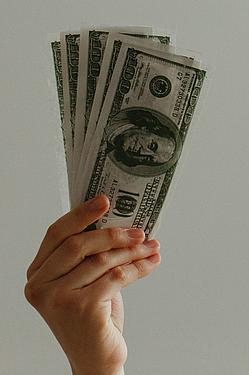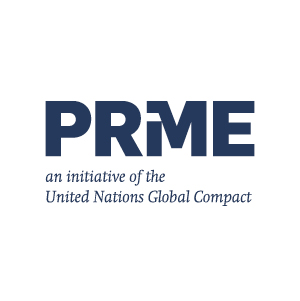German Hyperinflation (1920s)
After the First World War, Germany was faced with high reparation payments, which were stipulated in the Treaty of Versailles. In order to make these payments, the German government began to print money on a massive scale without supporting it with corresponding goods or production services. The money supply increased dramatically, which led to a dramatic devaluation of the currency, the mark. Prices rose so quickly that people were literally carrying their money in wheelbarrows to buy goods before prices rose even further. Hyperinflation finally reached its peak in November 1923, when a US dollar-mark conversion rate of 4.2 trillion marks to the dollar was reached. The consequences were devastating, with wealth losses for many, economic chaos and social unrest.
Hyperinflation in Zimbabwe (2000s)
In the early 2000s, the policy of land reform in Zimbabwe led to a sharp deterioration in agricultural production and a decline in export earnings. The government financed its spending by issuing more and more money to plug the holes in the national budget. This led to extreme hyperinflation, prices rose daily and the currency, the Zimbabwe dollar, became virtually worthless. The population suffered from poverty, food shortages and a collapse of the economy.
Hyperinflation in Venezuela (2010s)
Hyperinflation in Venezuela began in the early 2010s and accelerated from 2016 onwards due to a combination of economic mismanagement, corruption, falling oil prices and political instability. The government printed large amounts of money to finance its spending, which led to a rapid depreciation of the currency, the bolívar. Prices rose so quickly that they were often changed several times a day, drastically reducing people's purchasing power. The consequences were a collapse of the healthcare system, food shortages, mass migration and social unrest.

















